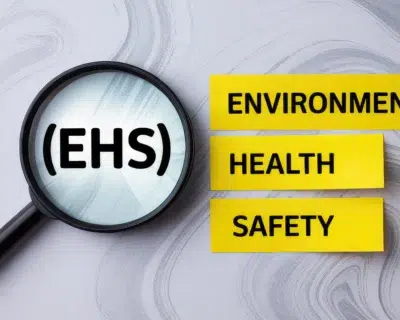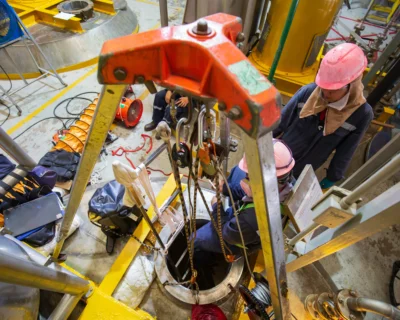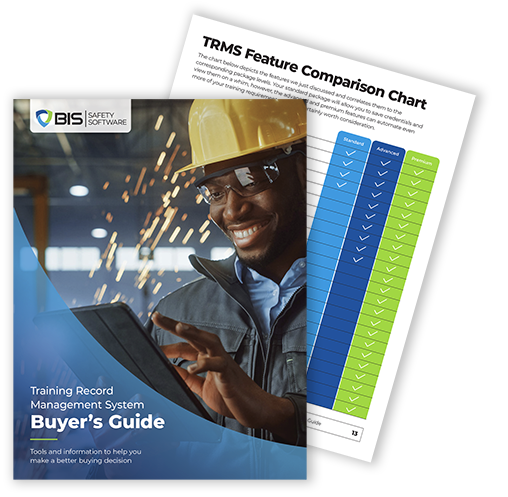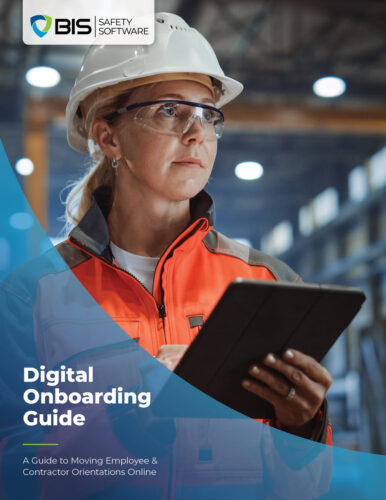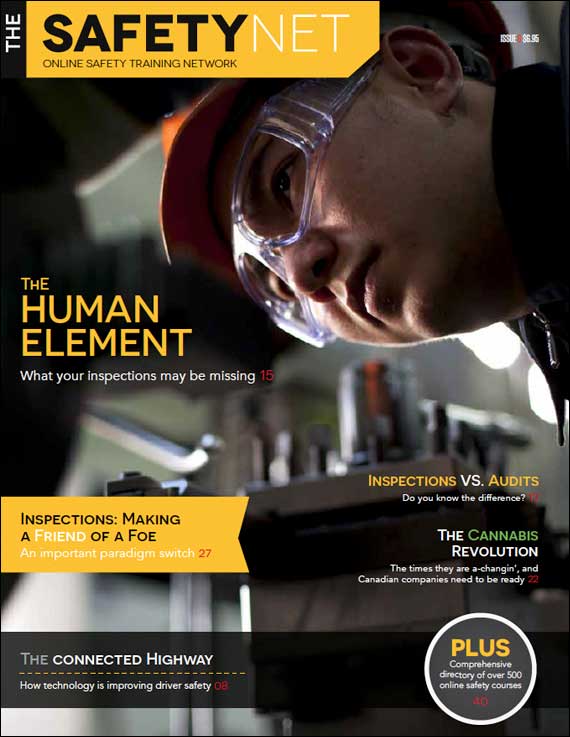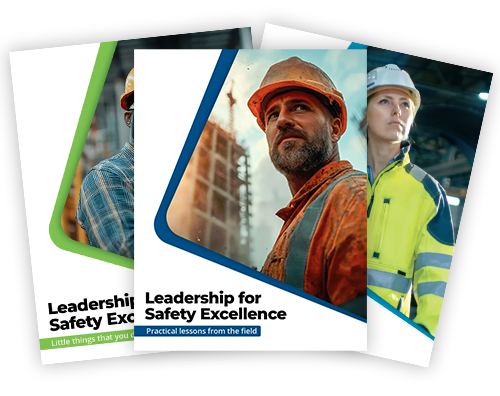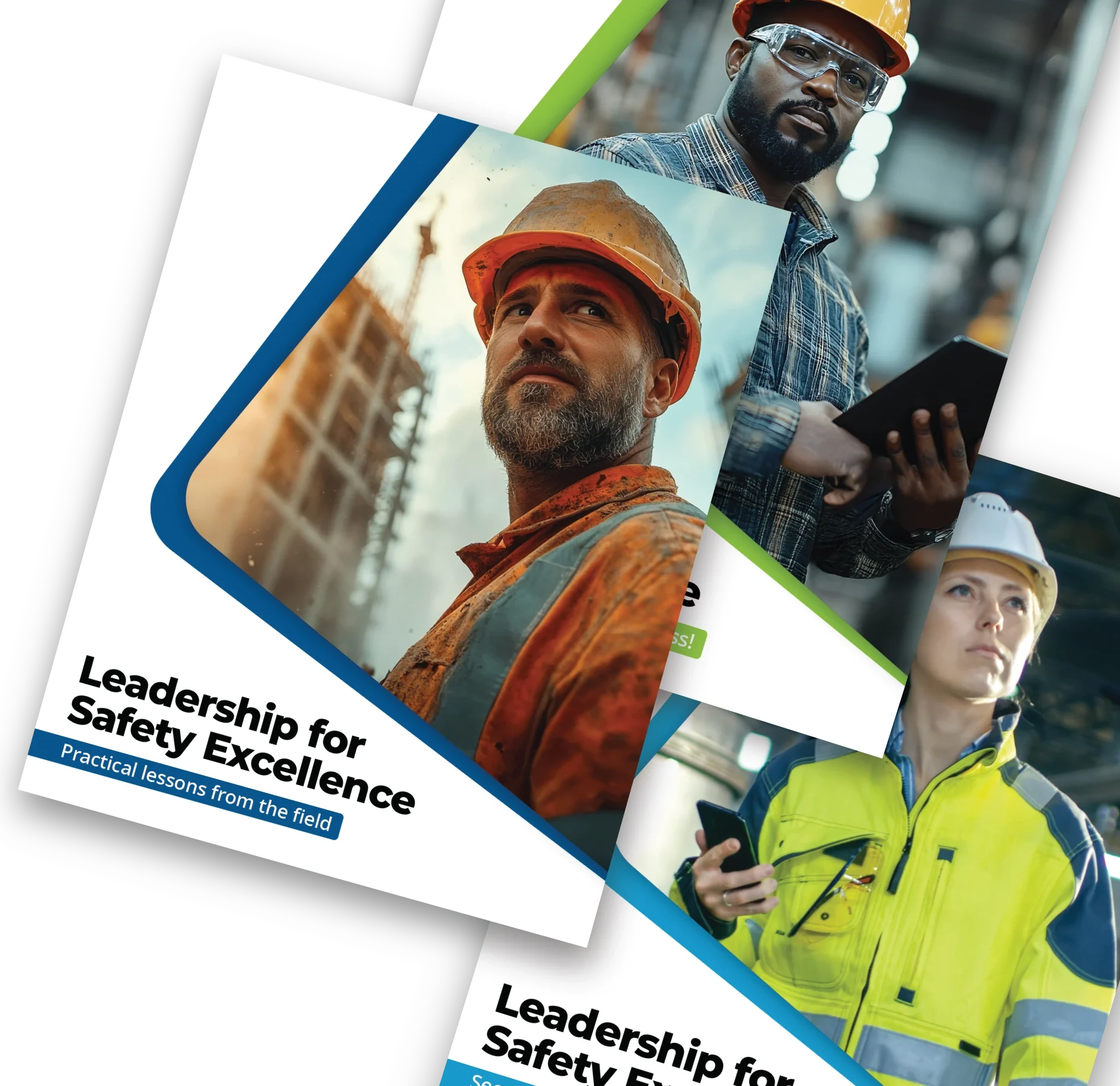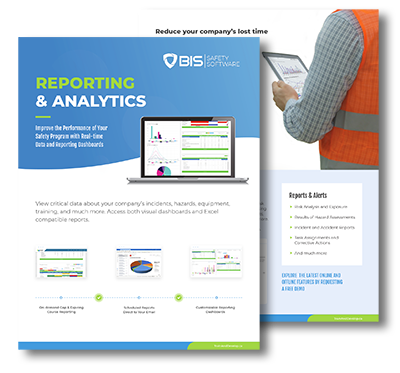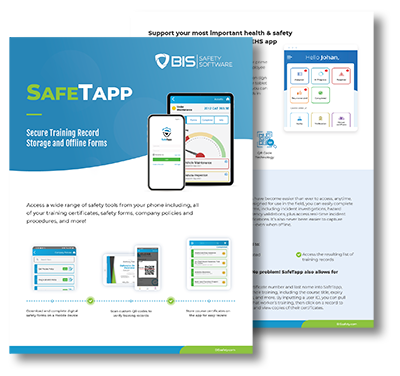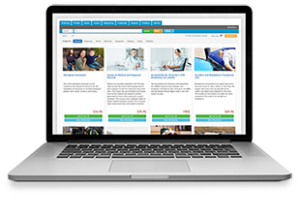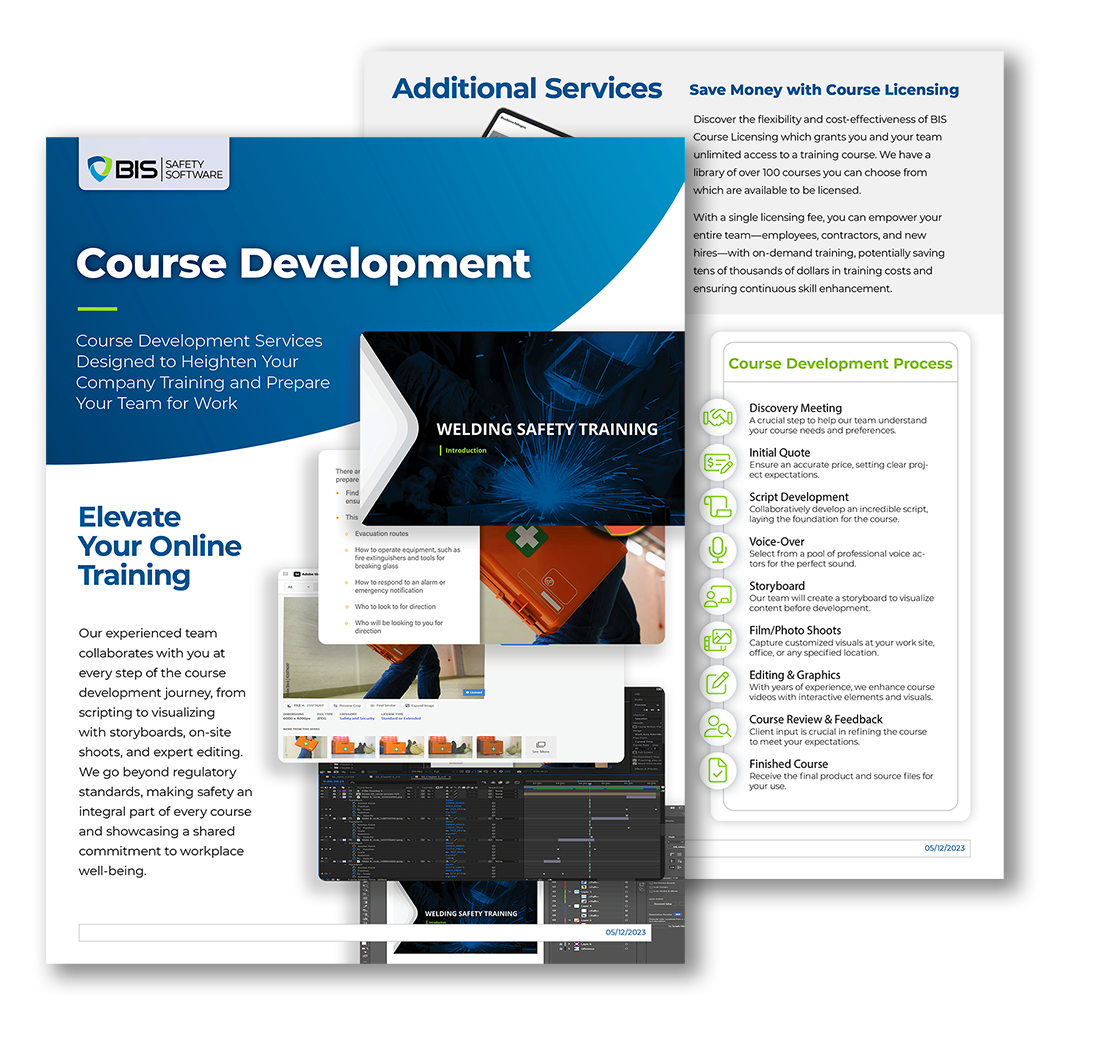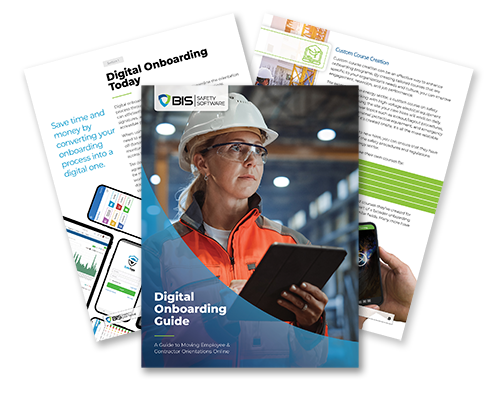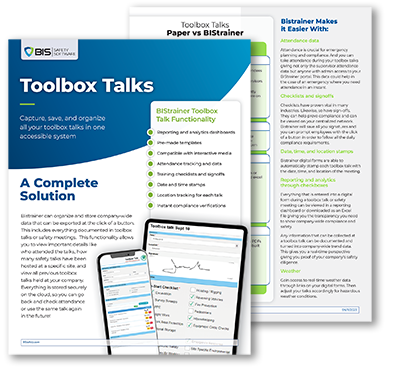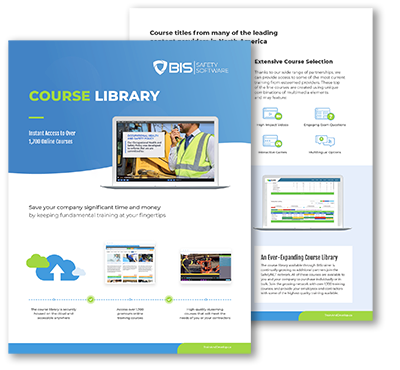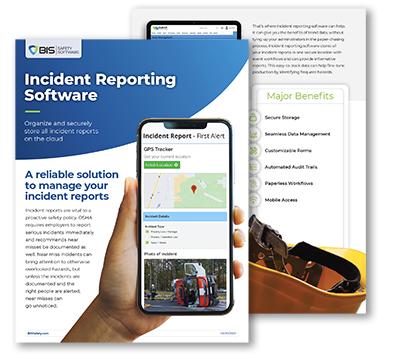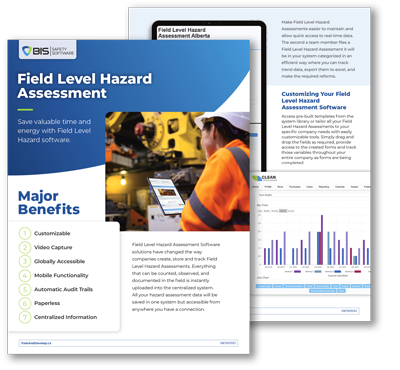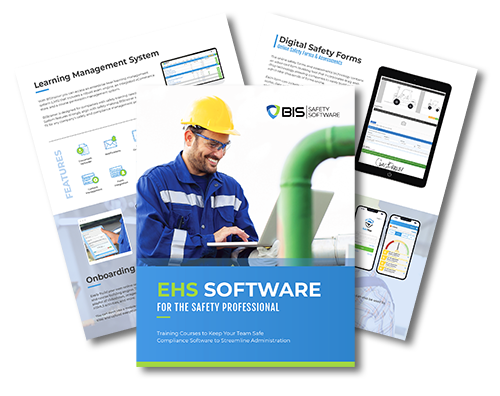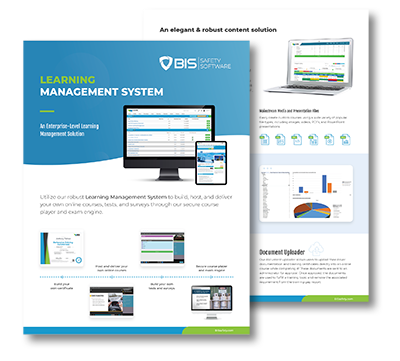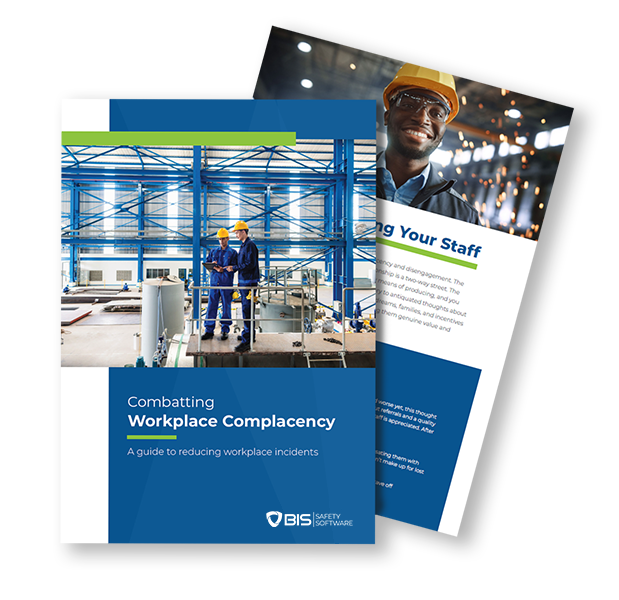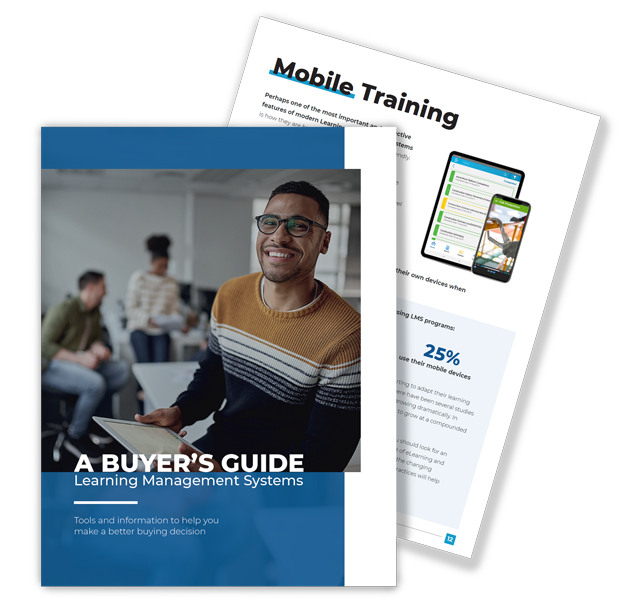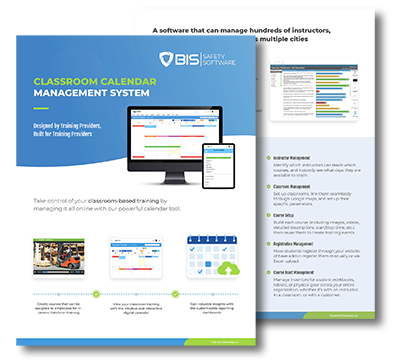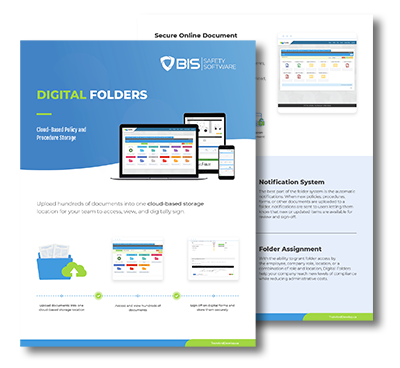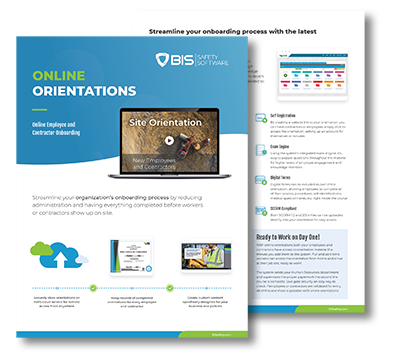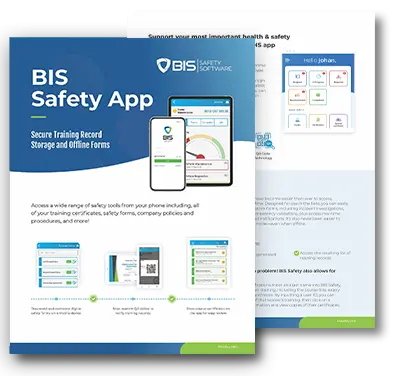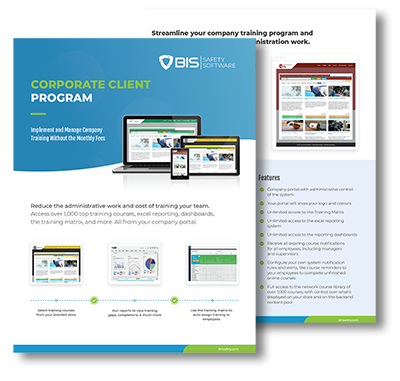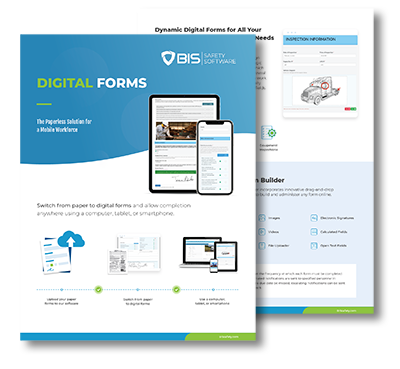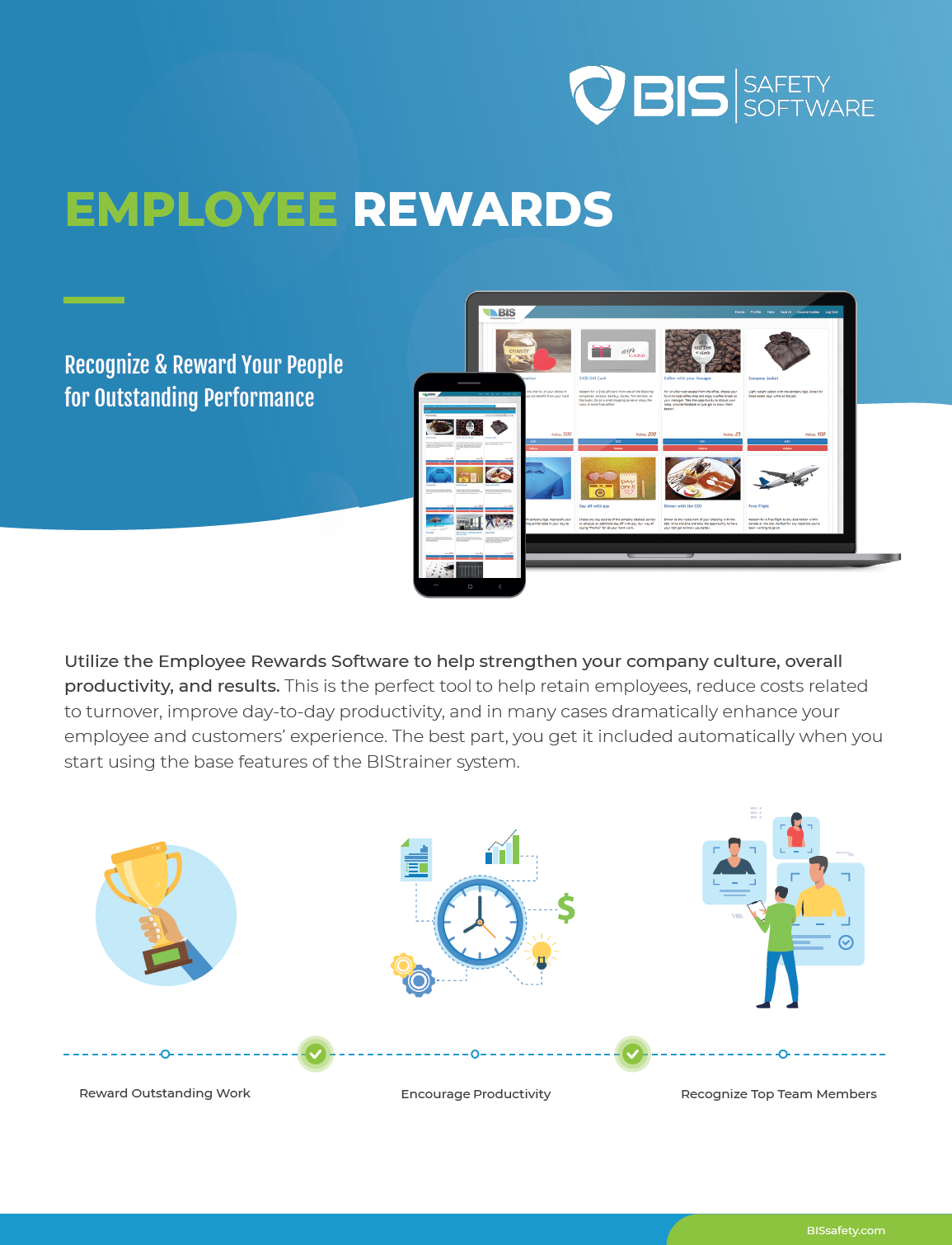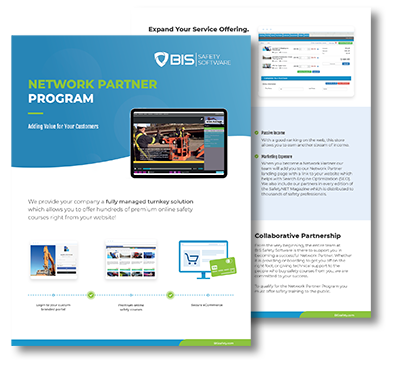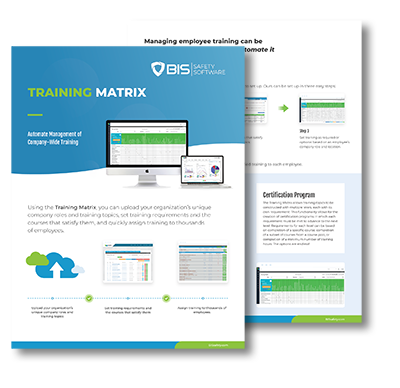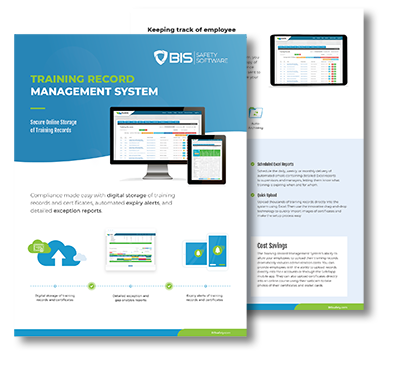
Influencing FLHA Behavior: What Really Works
We’ve all seen it, FLHAs filled out half-heartedly, or skipped completely. When Field Level Hazard Assessments are treated like another task to tick off, they lose their value fast. Cracking down harder won’t fix that.
Want real safety engagement? Stop trying to control and start influencing FLHA behavior.
1. Look at What’s Blocking Engagement
Before you create another rule, talk to your crews.
- What slows them down?
- What doesn’t feel relevant?
- When and why do they skip the process?
This insight helps you solve the root problem, whether it’s time, confusion, or skepticism.
2. Focus on Value, Not Just Compliance
If workers don’t see the point, they’ll never buy in. Ask yourself:
- Are your FLHA prompts practical for your site?
- Can crews complete them in under 2 minutes?
- Does anyone actually use the data afterward?
If the FLHA doesn’t lead to action, it’ll never feel useful.

3. Celebrate What’s Working
Influence is built through recognition.
- Tell stories of FLHAs that helped avoid incidents
- Spotlight teams who submit strong, consistent FLHAs
- Use safety meetings to highlight wins, not just misses
These stories turn FLHAs from chores into habits.
4. Bring Workers Into the Process
Ownership creates commitment. Try:
- Asking for feedback on hazard types and examples
- Testing new formats with a small crew
- Letting teams help improve the tool
People are more likely to use something they helped shape.
5. Make Supervisors Safety Mentors
Instead of just collecting paperwork, supervisors should:
- Walk through FLHAs with the team
- Ask questions and start conversations
- Guide crews through what “good” looks like
This kind of leadership builds lasting influence.
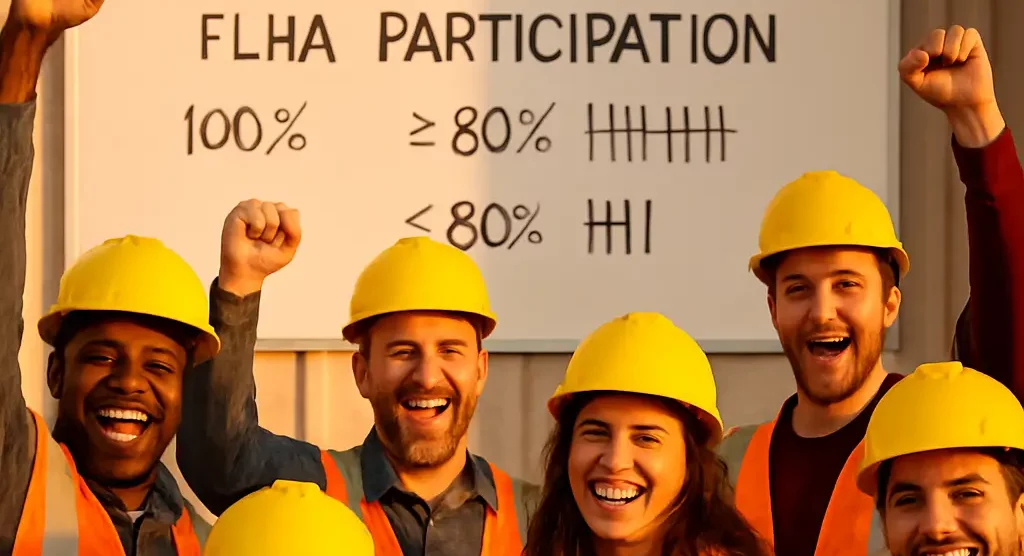
6. Use Tech to Enable, Not Enforce
Digital FLHA tools can reinforce positive habits by:
- Simplifying mobile completion
- Automating reminders
- Flagging high-risk hazards instantly
When it’s easy to do FLHAs right, they’re more likely to get done.
Influence Gets Results That Control Never Will
If FLHAs are being skipped or filled in without thought, it’s time to shift tactics. People follow leaders they trust, processes that feel relevant, and tools that fit the job.
Influencing FLHA behavior means connecting safety back to purpose and not paperwork.
Because safety that sticks is never forced. It’s built.


